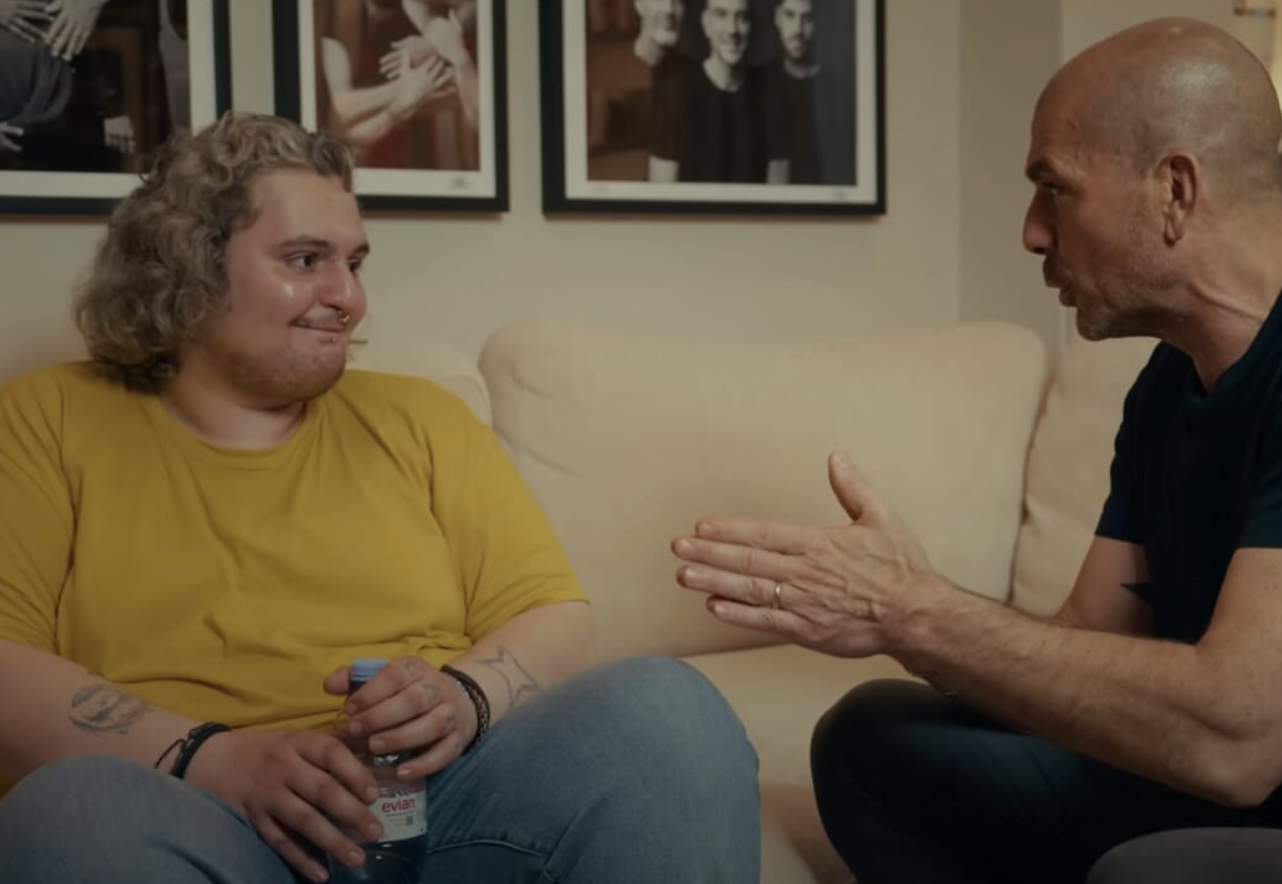Roberto Maria Cristofanini, Marco Scarpelli
If your lawyer called you tomorrow morning to draft a report on a treatment plan for a patient who had sent you a formal notice for alleged improper work, would you know where to start?
We suggest the answer, which is: start collecting all the documentation relating to that patient. And by documentation, we mean their dental record, consisting of the patient's consent to data processing, their medical history, physical examination, diagnosis, treatment plan and estimate signed for acceptance, consent forms for each treatment they underwent (obviously signed), all radiological examinations and photographs, the clinical diary, declarations of conformity relating to prosthetic devices, study models, and so on.
How long did it take you? How much is that time worth in economic terms? And, most importantly, did you find everything?

Here, that's the point: in case you are missing some elements, and perhaps you can't find the x-rays anymore or the clinical diary is missing or incomplete, and again, you are missing the consent signed by the patient (which, obviously, you had previously informed well), things could probably take an unpleasant turn for you.
Order Quintessence International 3/2024 here and read our column DENTECHSTRY - The Special on Dental Innovation.




Share: